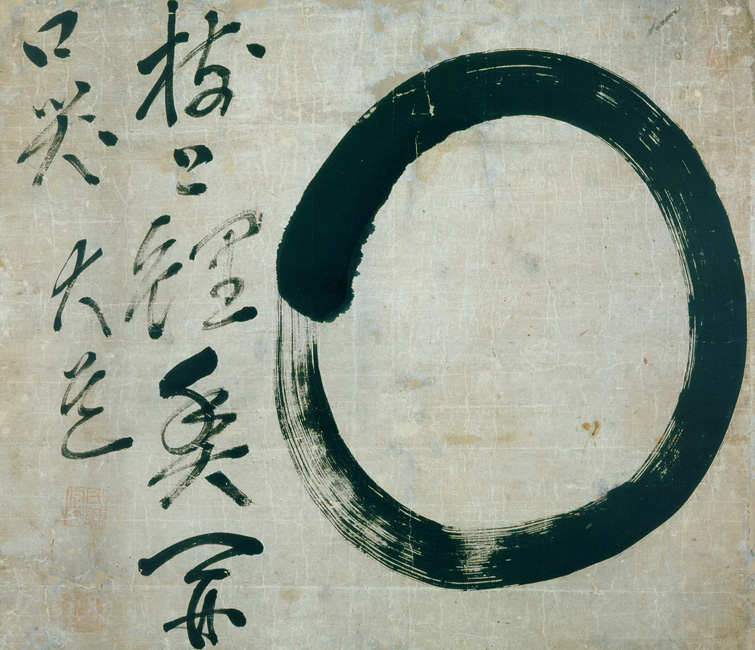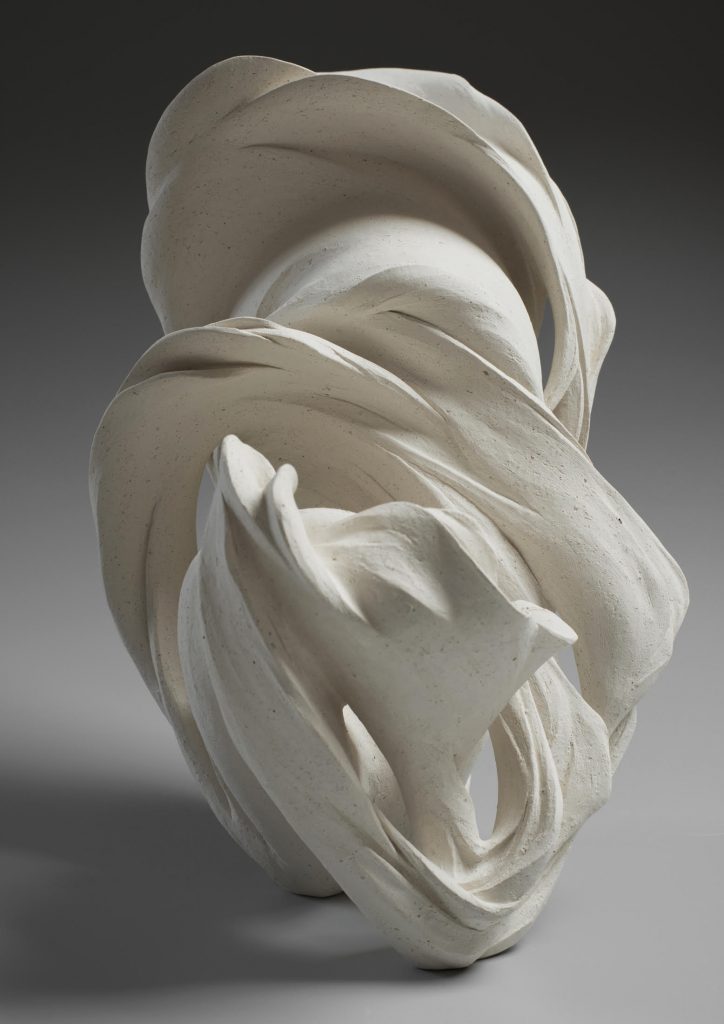
For centuries, Japanese Zen masters have used brush, black ink, and paper to create works of art intended to focus the minds of students and practitioners, each a product of enlightenment. For far, far longer, Japanese ceramic artists have used the most basic components—earth and fire—to create objects both functional and artistic.
Zen Buddhism’s emphasis on reduction, simplicity, and the interrelationship of humans and the natural world generated a distinctive aesthetic that has had an enormous impact on Japanese culture. In this exhibition, Zen paintings and calligraphies created during the Edo period (1603–1867) and monochrome or unglazed ceramics produced primarily during the past fifty years are presented in dialogue—each providing an occasion for contemplation.
Reduced to their most fundamental forms, devoid of extraneous lines, decoration, or embellishment, each object provides viewers an opportunity to look at not only what is there, but also at what is not—at what is hinted at, but not defined. It is in these intermediate zones, between the visible and the invisible, that one may find meaning, complexity, and potential avenues of exploration.

Enso
Daido Bunka (Japanese, 1680–1752)
Ink on paper
Gift of Dr. Kurt A. Gitter and Alice Rae Yelen, 2022.53

Seisei (Plant Growth)
2018
Fujikasa Satoko
Unglazed stoneware
6 1/2 x 14 x 11 1/2 inches
Museum Purchase, 2019.9